 Weird Stuff
Weird Stuff  Weird Stuff
Weird Stuff  Animals
Animals 10 Inspiring Tales of Horses Being Human
 Mysteries
Mysteries Top 10 Haunting Facts About the Ghost Ship MV Alta
 History
History 10 Surprising Stories About the Texas Rangers
 Humans
Humans 10 Philosophers Who Were Driven Mad by Their Own Theories
 Miscellaneous
Miscellaneous 10 Video-Game-Worthy Weapons and Armors from History
 Weird Stuff
Weird Stuff 10 Psychics Who Accurately Predicted Wartime Events
 The Arts
The Arts 10 Pieces of Art Inspired by a Broken Heart
 Health
Health 10 Science Fiction-Sounding New Medical Treatments
 History
History 10 Surprising Facts About the Father of Submarine Warfare
 Weird Stuff
Weird Stuff 10 Times Real Laws Were Based on Bizarre Hypotheticals
 Animals
Animals 10 Inspiring Tales of Horses Being Human
 Mysteries
Mysteries Top 10 Haunting Facts About the Ghost Ship MV Alta
Who's Behind Listverse?

Jamie Frater
Head Editor
Jamie founded Listverse due to an insatiable desire to share fascinating, obscure, and bizarre facts. He has been a guest speaker on numerous national radio and television stations and is a five time published author.
More About Us History
History 10 Surprising Stories About the Texas Rangers
 Humans
Humans 10 Philosophers Who Were Driven Mad by Their Own Theories
 Miscellaneous
Miscellaneous 10 Video-Game-Worthy Weapons and Armors from History
 Weird Stuff
Weird Stuff 10 Psychics Who Accurately Predicted Wartime Events
 The Arts
The Arts 10 Pieces of Art Inspired by a Broken Heart
 Health
Health 10 Science Fiction-Sounding New Medical Treatments
 History
History 10 Surprising Facts About the Father of Submarine Warfare
10 Sensual Aphrodisiacs And How They Got Their Reputations
Oysters, avocados, chocolate, honey: We’ve all heard that certain foods are supposed to arouse your passions when you eat them. What’s less known is the history and folklore behind these foods, which explain just how they came to be known as tools for the love-struck.
10Oysters

The famous lover Casanova reportedly started each day with 50 oysters to prepare himself for the afternoon’s exertions. Oysters were also said to be present at the equally famous Roman orgies, and Roman doctors even prescribed them as a cure for impotence. Part of the reason for their association with love is their distinctly labial appearance, but the association also comes from the animal’s reproductive cycle.
Oysters release a flood of reproductive material directly into the water. This allows fertilization to occur externally, but people picturing the lumpy little creatures reproducing fire-hose style imagined an exhibition of great sexual prowess. And well before we knew just how oysters reproduce, they were closely associated with Aphrodite, the goddess of love and desire. All shellfish were sacred animals to her; she was said to have been born inside a clam shell, and the pearl was her sacred stone.
9Avocado
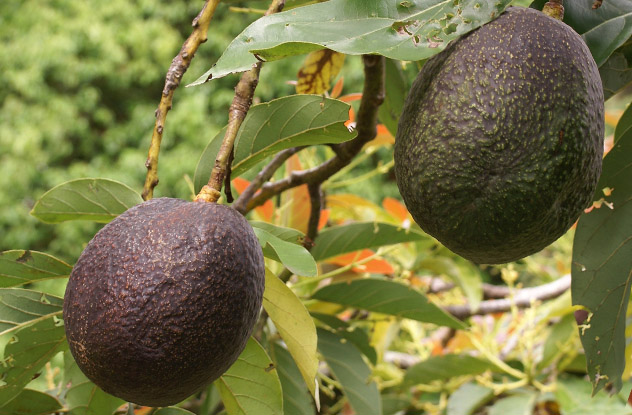
The avocado was a favorite of Louis XIV, who swore by its ability to refresh his libido. The fruit has a creamy, soft texture and produces a sensual feeling when you eat it. But there’s another, bigger reason for the association.
Avocados hang on the trees in pairs, and they look so much like a certain body part that the Aztec word for avocado was ahuacatl, which also meant “testicle.” When the Spanish encountered Aztec culture, the avocado already had a well-established reputation as one of the fruits of love.
The fruit migrated north, and farmers had to market it to an American audience. They chose a new name to make it easier to pronounce and get rid of the connotation; the avocado’s previous alternate name, the “alligator pear,” wasn’t much more appetizing than “testicle.” The name changed to “avocado,” but its status as an aphrodisiac stuck.
8Almonds

Popular wedding favors include small bundles of candy-coated almonds, and that’s not just because they’re so tasty. The nuts have long been held to be an aphrodisiac, a belief that dates as far back as ancient Greece. Greek couples were blessed with almonds to help ensure a fruitful union, and a superstition said that should an unwed girl place almonds under her pillow, she would dream of her future husband.
In Morocco, the almond is used to transfer a bride’s good fortune to future generations, distributed to children after a couple’s wedding night. And in India, giving almonds to a member of the opposite sex is a clear proposition.
The association between almonds and fertility goes back to the Bible. Numbers 17:1–8 tells the story of rods given to the children of Israel. Aaron, who received the rod for the house of Levi, knew his line would continue when his rod budded, blossomed, and bore almonds. Almonds are also mentioned elsewhere in the Old Testament, with less explicit allusions to reproduction. One reference comes in Jeremiah 1:11. When God asks Jeremiah what he sees before him, he replies that he sees the fruits of the almond tree.
7Pomegranate
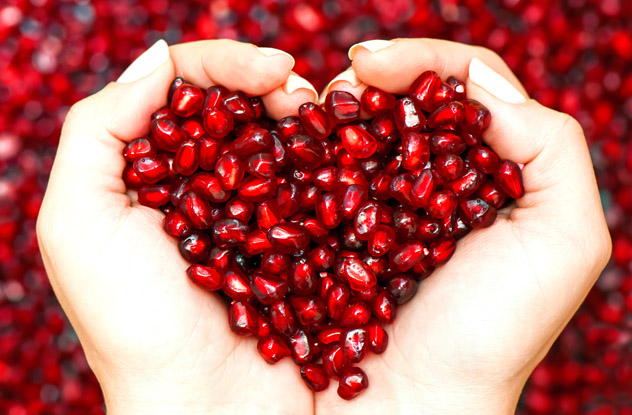
The pomegranate is another food whose history goes back to Aphrodite, the goddess who gives the term “aphrodisiac” its name. According to Greek legend, the first pomegranate tree was planted by Aphrodite on the island of Kypros. Its association with her was further cemented by the composition of the pomegranate; open up the fruit, and it’s absolutely filled with seeds.
The pomegranate also became sacred to Hera, and the combination of the two goddesses furthered the pomegranate’s relationship with marriage and reproduction. Opening the pomegranate reveals not only a ton of seeds but also a color associated with the blood of a virgin—and, in turn, associated with the consummation of a marriage.
The pomegranate also appears in the myth of Persephone. Abducted by Hades, she retains the opportunity to return to the surface until she eats the food of the Underworld. She does so, eating a few pomegranate seeds to finalize her union with Hades.
6Toads
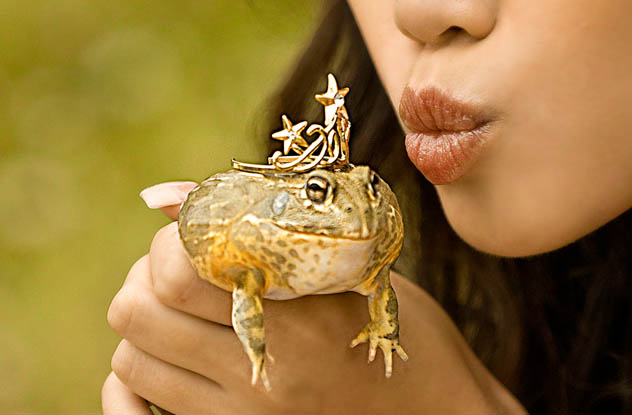
Along with the wild habit of licking a toad to induce hallucinations came the use of toad-produced chemicals as aphrodisiacs. As recently as the 1990s, a drug made from these substances caused a string of deaths. The drug (officially called “bufadienolides” but going by street names like “RockHard”) was a deadly interpretation of chemicals long used in Chinese medicine. Thought to be an aphrodisiac, the drug caused first vomiting then cardiac arrest or respiratory failure.
The deaths came after the individuals ingested the drug, but in traditional Chinese medicine, the substance is more often applied topically. Chan su, the substance derived from prepared toad toxins, reduces swelling but stimulates the body. It’s also a numbing agent, and that’s where its aphrodisiac qualities come in. When it’s applied to certain body parts, it reduces sensation and prolongs the duration of sex. But when it’s improperly prepared and then eaten, it becomes deadly.
And in case you’ve ever wondered why the fairy tale princess always kissed a frog or toad to find her prince, that’s no coincidence. She wasn’t just enjoying the hallucinogenic properties of the toad—it may be a nod to the aphrodisiac properties as well.
5Rhino Horn
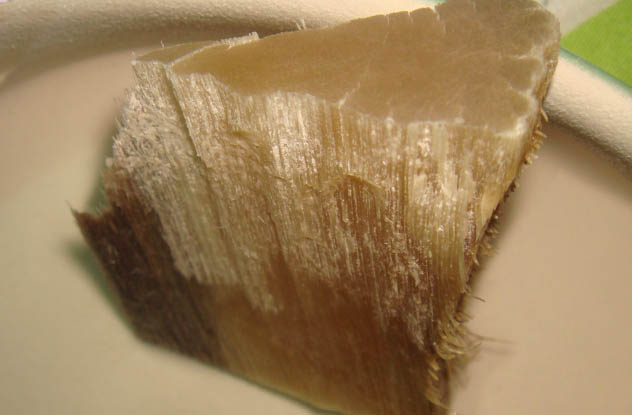
At the start of the 20th century, the world’s rhino population was somewhere around half a million. By the start of the 21st century, that number had dropped into the thousands with poaching driving the rhino closer and closer to extinction. Numbers have stabilized, but threats to the rhinos aren’t gone yet.
Poachers are fueled by the desire for rhino horns, allegedly a powerful aphrodisiac, because rhino horn has been used in Chinese medicine for centuries. This seems pretty straightforward, but it’s not. Rhino horns have, indeed, been highly valued in Chinese medicine for a wide variety of purposes—warding off nightmares and evil spirits, negating the effects of food poisoning, relieving the pain of arthritis, curing colds and fevers, and even as an antidote to snake bites. One thing absent from the list? Its use as an aphrodisiac.
All that talk about rhino horns being used as an aphrodisiac can be chalked up to a Western misunderstanding that happened somewhere in the 1950s. By the 1960s, the belief had spread enough to be widely quoted, getting a massive boost in popularity when it was repeated by famed anthropologist Louis Leakey.
One practice that might have led to the giant misunderstanding is the Middle Eastern custom of presenting boys with rhino horn daggers as a sign of their coming-of-age. Other uses—such as the Greek belief that the horn could remove poisons and toxins from water and the Persian belief that poisoned liquids poured into a rhino horn vessel would bubble—have little or nothing to do with their supposed aphrodisiac qualities.
4Chocolate

Chocolates dominate store shelves around Valentine’s Day, but the science is still out on just how much of an aphrodisiac chocolate really is. Some studies suggest that while chocolate does contain chemicals that generally make us feel good, they’re in such low doses that they don’t actually do anything.
But chocolate’s position at the top of every list of aphrodisiacs isn’t without precedent. Cultivation and use of the cacao pod has been dated to as far back as 1400 B.C., much further than was long thought.
Plenty of records describe importance of chocolate in the Mayan and Aztec cultures; in both civilizations it was prepared as a drink rather than eaten, as edible chocolate is a much later invention. Often used as a ceremonial drink for the Maya, it was available to the common person as well as being depicted as the drink of the gods. In ceremonies surrounding marriage and betrothals, the couples often drank chocolate as part of the rituals surrounding their change in life status.
It was also incredibly valuable to the Aztecs. Once again a food closely associated with the gods, chocolate was supposed to be the gift to the mortal world from Quetzalcoatl. It got him kicked out of paradise, similar to the Greek story of Prometheus and his gift of fire.
The seeds were used as currency, and the drink itself had a rather morbid use. While it was shared between Aztec couples going through birth and marriage rituals, it was also an important part of sacrificial rites. People sacrificed to the gods were first prepared with a blessing of chocolate. Those sacrifices who weren’t too keen on joining in the preceding celebrations were given an extra dose of chocolate to lift their spirits and get them in the mood.
3Lettuce, The Anti-Aphrodisiac

In addition to the foods thought to heighten sexual awareness, a few were cursed and thought to lower it. In ancient Greece, a wife serving lettuce to her husband was sending a clear and rather cold message: Keep your hands to yourself.
Lettuce was a plant sacred to the goddess Aphrodite, but not for the reason that she held other plants and animals dear. One of her few mortal loves was Adonis, and theirs was as tragic a love story as you ever get in Greek mythology. Apollo’s son Erymanthos saw Adonis and Aphrodite together and was turned into a wild boar as punishment for his spying. He charged and killed Adonis, who had taken refuge in a lettuce field. After his death, Aphrodite placed his body in a bed of lettuce to mourn him, forever associating lettuce with death and impotence. Later, one of her other mortal loves, Phaon, met a similar end.
The association of lettuce with impotence jumped from myth to pseudoscience with a text by the Greek physician Nicander of Colophon. He said that lettuce makes a man impotent no matter how much he desires a woman.
2Honey And Mead
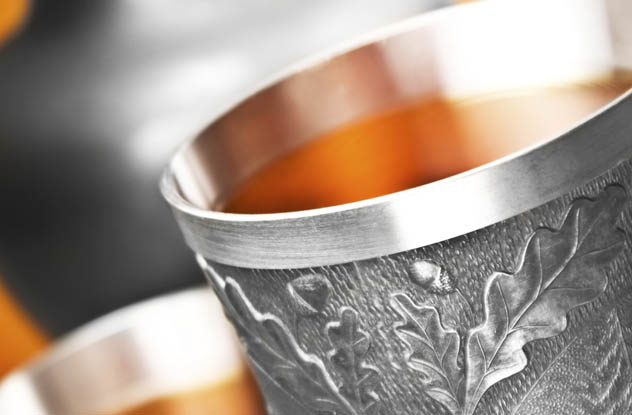
Not many foods have the aphrodisiac credentials of honey. After all, it lends its name to the best part of a wedding: the honeymoon. More precisely, the honeymoon is named for mead, an ancient alcoholic beverage made with honey and long thought to increase the libido—especially among people just married.
The honeymoon goes back to ancient Persia, when couples would spend the 30 days after their wedding drinking mead every evening. They called it the “honey month,” which we’ve turned into the honeymoon. They took the tradition so seriously that if a baby was conceived during the month and was born nine months later, the credit went to the maker of the mead.
In addition to a fertile marriage bed, mead has also been thought to bring wisdom and courage to those who drink it. The Celts have been drinking it since around A.D. 500, and when St. Brigitte performed her Christ-like miracle, she turned the water into mead instead of wine. It wasn’t just an Old World drink, either, as the Aztec and the Maya also drank a form of the honey beverage.
Mead has been made for centuries, and modern science is finding that there’s something to the idea that honey makes newlyweds even more amorous. It contains significant quantities of B vitamins, proteins, and nitric oxides that promote a healthy reproductive system. Mead also lowers inhibitions and wedding night jitters through its alcoholic qualities.
1Garlic

Garlic might seem like the most unlikely of love charms, given its strong and overwhelming smell. But its history as an aphrodisiac is a long one. Passages in the Talmud say that garlic should be eaten on Fridays, because Friday was traditionally the day in which couples would fulfill the duties of the marriage bed.
Garlic has several properties that made it conducive to sexual relations. It was said to bring a warm feeling and a general happiness to the entire body, suppress hunger, increase semen volumes, and (by far, the most romantic) kill any internal parasites present in the body. Some scriptures also say that it works to overcome jealousy and bring two people closer together. (It shouldn’t be eaten before worship, though, lest it offend others.)
However, many other cultures, including the ancient Greeks and Romans, detested garlic and the smell it left. One Muslim legend says garlic and onion plants were born from the last places Satan stepped when he left the Garden of Eden. In India, garlic is on the list of foods that are inappropriate for the higher castes.
In one of the most tragic twists in the stories of an aphrodisiac used by a specific group, garlic was a way in which Nazis recognized Jews. According to the Third Reich, Jews could be identified by their garlic smell, and complaining about the smell of garlic became a racial slur. A symbol of love within marriage turned to just as powerful an insult.








